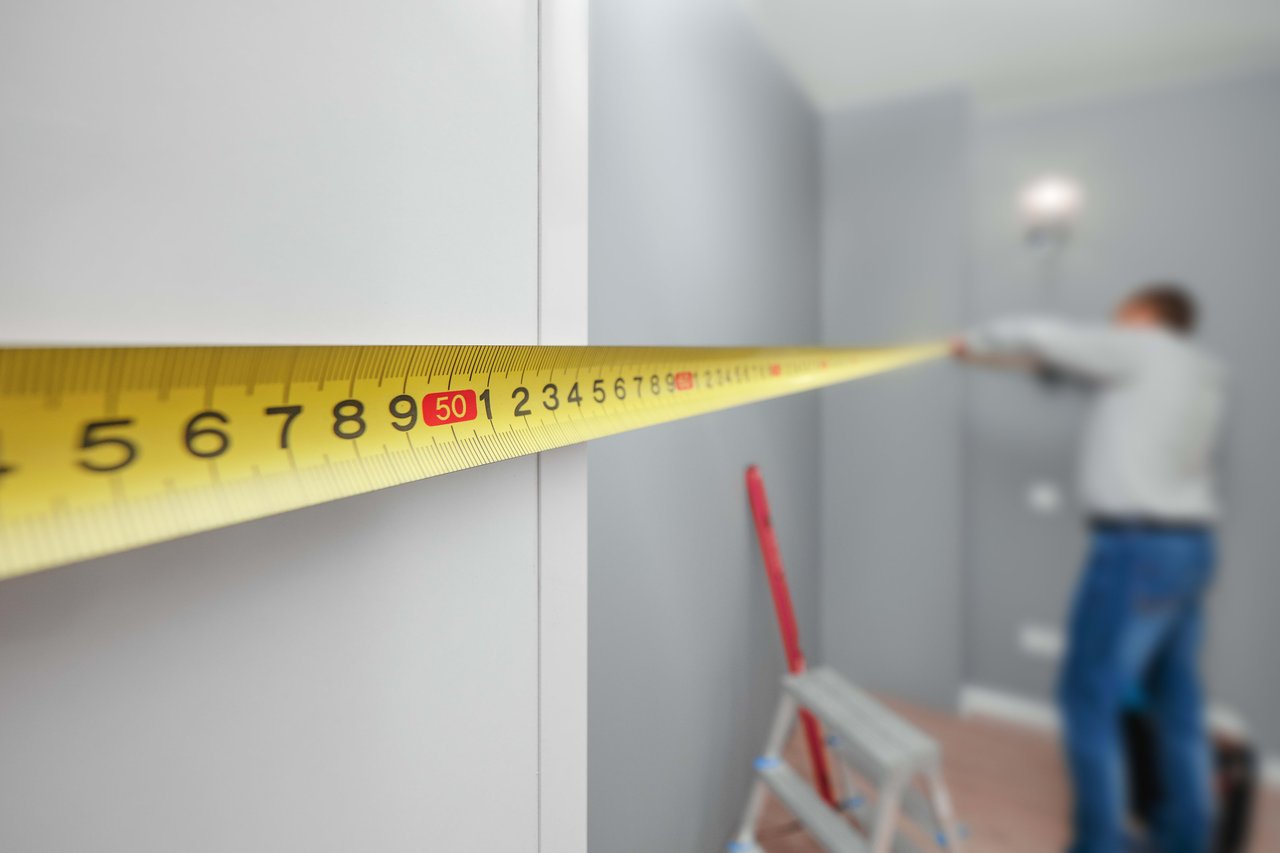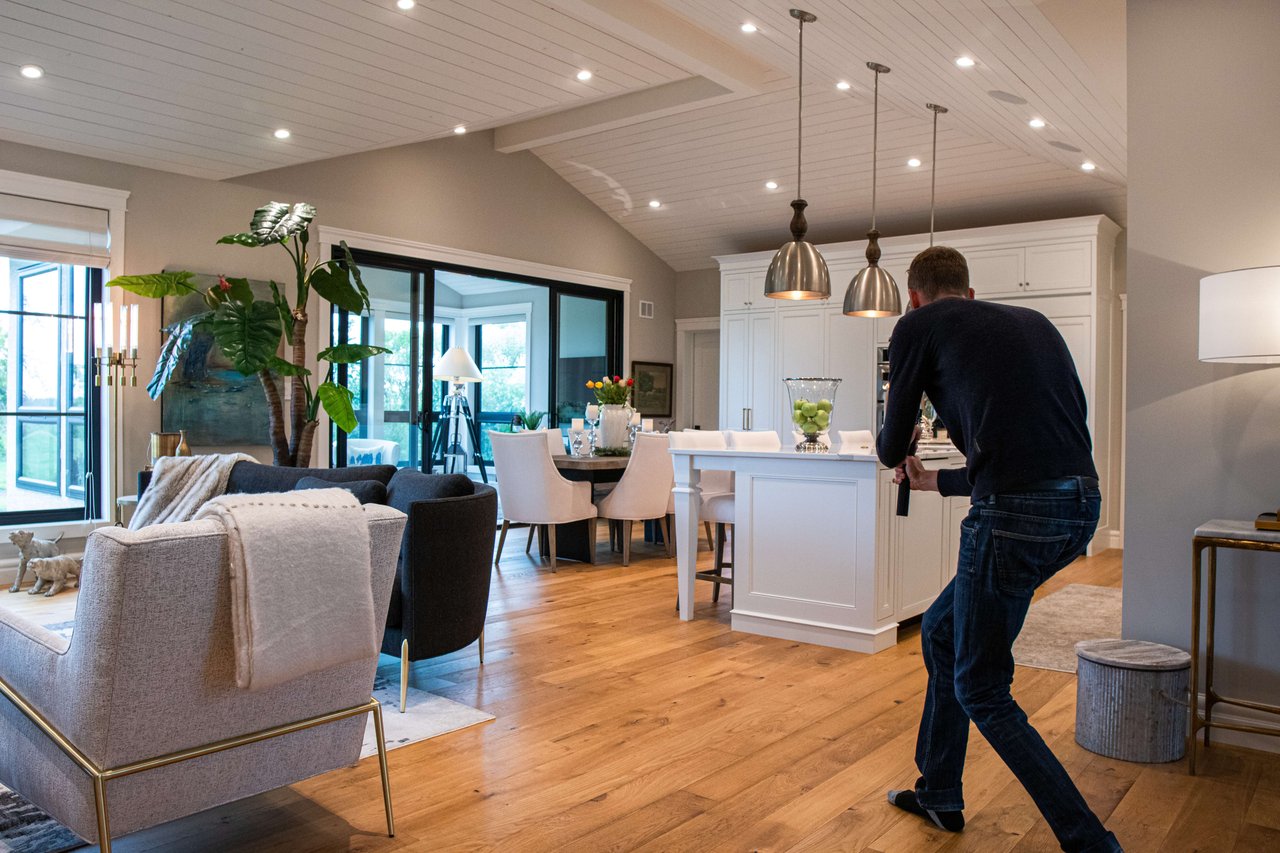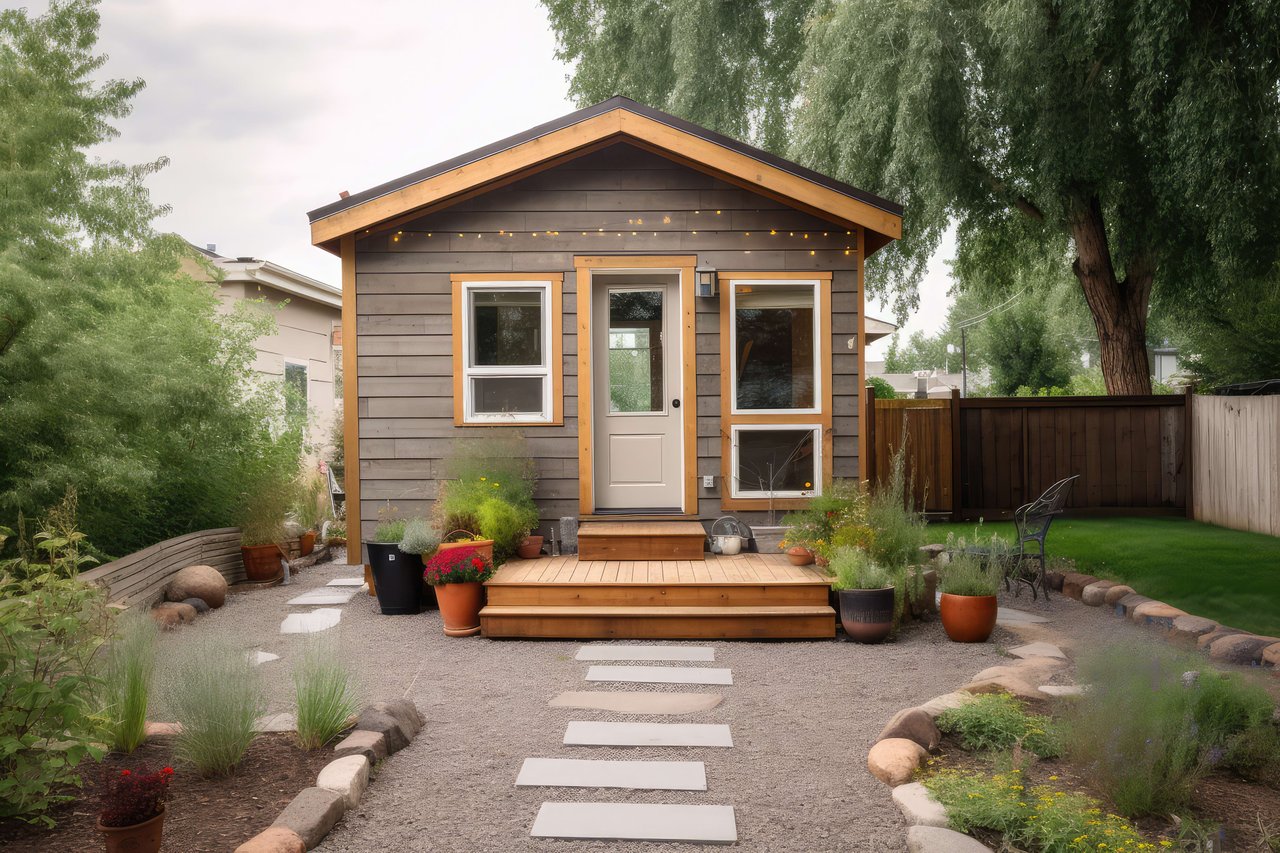Learn how to find the square footage of your home or square footage of a room in your home. This guide, presented to you by the Alvarez Realty Group, is designed to empower homeowners with the knowledge and confidence to calculate square footage accurately. Regardless of whether you're planning a minor home renovation or considering an extensive remodeling project in Santa Ana, California, understanding how to measure your space correctly is a vital first step. We'll provide you with tips, techniques, and practical examples to help simplify this often confusing process.
Why Square Footage Matters
When embarking on a journey to transform or enhance your living space, one of the first and most essential details to consider is square footage. At first glance, it might seem like just a number, but in the realm of home improvements and real estate, it plays a multifaceted role. Here's why understanding and accurately calculating square footage is paramount:
- Property Value Implications: In the real estate market - whether it's homes for sale in Santa Ana or homes for sale in Floral Park, size often translates to value. The square footage of a home is a primary factor in determining its market value. A bigger house, generally speaking, will command a higher price. When making improvements or extensions, homeowners should be aware of how these changes will impact the overall square footage and, subsequently, the property's market value.
- Accurate Budgeting and Material Estimations: Whether you're laying down new flooring, painting walls, or installing new insulation, you'll need to know the area you're working with. Accurate square footage helps homeowners avoid purchasing excess materials or, conversely, running out mid-project. This not only saves money but also minimizes wastage.
- Compliance with Local Building Codes and Permits: Local zoning laws and building codes often have regulations based on the size of structures. Knowing the square footage is crucial when seeking permits for renovations or extensions. Overstepping boundaries can lead to legal complications, fines, or even the painful process of undoing completed work.
- Optimal Space Utilization: A clear understanding of a room's or home's square footage aids in making informed decisions about furniture placements, interior design, and layout planning. This ensures that spaces aren't overcrowded or underutilized, promoting both functionality and aesthetics.
- Energy Efficiency Considerations: Square footage plays a role in heating, cooling, and overall energy efficiency. A larger area might require a more robust HVAC system or additional insulation. Accurate square footage can guide homeowners to make energy-efficient choices, leading to both environmental benefits and cost savings.
- Informed Decision Making in Real Estate: For those looking to purchase or rent a home, square footage offers a tangible metric to compare different properties. It aids potential buyers or renters in assessing if a space will cater to their needs, ensuring they get the best value for their money.
The square footage of a space serves as a foundational metric in the realms of home improvement and real estate. Accurate calculations empower homeowners with the knowledge they need to make informed decisions, optimize their living spaces, and enhance the value and functionality of their homes. With such high stakes, it's no wonder that square footage is a figure given such importance by experts and novices alike.
How to find the square footage of your home?
Calculating square footage can seem overwhelming, but it doesn't have to be. Here are some simple steps to follow when finding the square footage of your home:
- Determine the Shape: The first step is to identify the shape of each room in your home. Most rooms fall into one of four categories: squares, rectangles, triangles, or circles. If you have an irregularly shaped room, try to break it down into smaller parts that fit into one of these shapes.
- Measure the Length and Width: For square or rectangular rooms, simply measure the length and width of the space. If you have a triangular room, you can use the formula (base x height)/2 to find the area. For circular rooms, you can use the formula (π x radius^2) to find the area.
- Add it Up: Once you have the measurements for each room in your home, add them all together to get the total square footage of your house.
- Don't Forget About Height: If you have rooms with high ceilings or multi-level spaces, make sure to factor in the height as well. To find the cubic footage, simply multiply the square footage by the ceiling height.
- Account for Obstacles: When measuring a room, don't forget to account for any obstacles or areas that are not included in the total space. This could include built-in closets, stairwells, or alcoves.
For rooms that are simple squares or rectangles, calculating the square footage should be a breeze. Simply take a measurement of the length of the room and multiply it by the width. For example, a room that is 10 feet long and 8 feet wide would have a total square footage of 80 sq. ft (10 x 8 = 80).
Common Mistakes and How to Avoid Them
Measuring the square footage of a space may seem straightforward, but several common errors can throw off your calculations. Identifying and avoiding these pitfalls can save you time, money, and potential frustration. Here are some frequent mistakes and the best practices to sidestep them:
- Not Accounting for Wall Thickness: Especially when measuring the total square footage of a house, wall thickness can make a notable difference. Each wall's width can add up, potentially resulting in significant discrepancies.
Solution: Always measure from the exterior of outside walls for most accurate total living space calculations.
- Rounding Measurements Prematurely: Rounding off measurements too early in the calculation process can introduce errors.
Solution: Maintain precision throughout the measuring process. Only round off the final number, and even then, ensure you're using a consistent rounding rule.
- Overlooking Small Nooks or Spaces: Forgetting about closets, alcoves, or small utility rooms can lead to underestimating your actual square footage.
Solution: Make a checklist of rooms and spaces to measure before starting, ensuring you cover every part of the house.
- Assuming All Rooms Are Perfect Rectangles or Squares: While many rooms have a straightforward shape, others might have angles, curves, or juts that affect the total area.
Solution: For rooms with irregular shapes, break them down into smaller rectangles, squares, or triangles. Measure and calculate each section's square footage, then sum them up.
- Using the Wrong Measurement Units: Mixing up measurement units, such as feet and inches, can obviously skew results.
Solution: Stay consistent with your measurement units. If you start measuring in feet, stick with feet for the entire process. If necessary, convert all measurements to the same unit before calculating the area.
- Not Double-Checking Measurements: A simple oversight or misreading of the tape measure can lead to miscalculations.
Solution: Always take at least two measurements, especially for larger or critical spaces. If there's a discrepancy between the two, measure a third time to confirm.
- Forgetting About Multi-Level Spaces: Homes with multiple stories, lofts, or split-level designs can introduce complexities into your calculations.
Solution: Measure each level separately and ensure you account for any spaces that might be obscured by the multi-level design.
In the world of home improvement and real estate, accuracy matters. While measuring square footage might seem elementary, it's crucial to approach the task with care, patience, and attention to detail. By being aware of these common pitfalls and actively working to avoid them, you'll ensure your measurements are spot-on, setting the foundation for successful projects and informed decisions.










